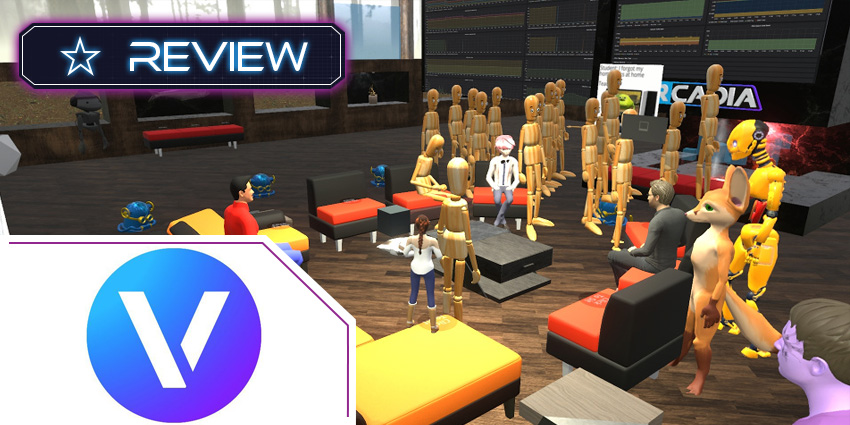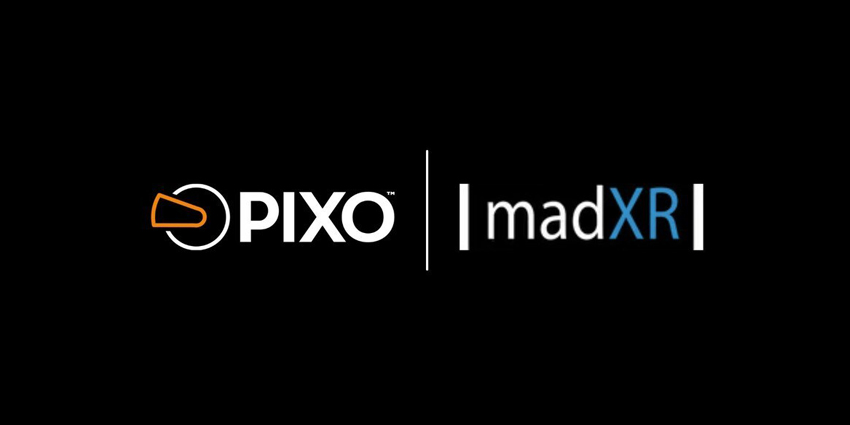Over the years, extended reality technology has evolved from being a sci-fi dream, to an entertainment novelty, and now a crucial part of the modern landscape.
Today’s virtual reality environments are about more than just gaming and fun, they can also be tools for meaningful training sessions and landscapes for collaboration.
Of course, generating the best results from your virtual environments means having access to the right technology. Available now on the Microsoft app store, Vircadia represents one of the most flexible 3D “metaverse” environments available for virtual reality.
The open-source 3D interface and server solution allows companies to build and enjoy all kinds of social, professional, and educational environments. Today, we’re going to explore some of the features of Vircadia, to help you see its benefits.
Vircadia Review: Features
First-and-foremost, Vircadia is an open-source VR and desktop metaverse. It can work both on your PC, and through your virtual reality headsets, so multiple people from across the business can get involved. The Vircadia metaverse is essentially a shared virtual space similar to things like VR Chat or Second Life.
The Vircadia environment comes, in part, from the creator of Linden Lab (the producers of Second Life), Philip Rosedale. After leaving Linden Lab, he created the High Fidelity company, which eventually shut down.
However, the original work of this new company was an open-source environment, which the community picked up and developed to create Vircadia.
The technology today is an active, and dynamic hub of virtual experience, constantly enhanced by an extensive developer team. Features include:
- Exceptional Linux support
- Open-source ever-improving design
- Portable for Windows, Android, and OSX
- Decentralized server
- Distributed system
- Scriptable with scripts in JavaScript
- Extensive documentation
- VR support with full eye and body tracking
- Unrestricted development opportunities
- Spatial audio for surround-sound
- Voice chat and messaging
- “People” screen for checking available attendees
The Vircadia landscape gives companies and individuals a platform where they can create immersive experiences for work and education.
The open-source structure sets it apart from other market-leading “Meta-verse” technologies, by allowing for constant growth and community input. You can even view the meeting calendar for Vircadia to see what they’re coming up with next.
Vircadia Review: Benefits
Vircadia and environments like it give more people access to the benefits of virtual reality. Within this metaverse, it’s possible to create a wide variety of different environments and experiences for people from all backgrounds. The open-source space is supported by active development from a team of experts, as well as community contributors.
Unlike other metaverse tools, Vircadia is also extremely flexible, allowing companies and developers to access all the space, textures, objects, and scripts they like- provided the hardware can take it. Benefits include:
- Great for Linux and portable: Vircadia supports developers primarily working in Linux, which will be beneficial for a lot of developers looking to compile their own VR environments. The portable landscape also supports Windows, Android, and OSX. Users can access the metaverse through VR headsets or desktops.
- Open source and decentralised: The open-source structure of Vircadia is one of it’s major selling points. The product is open-source under Apache license 2.0, and decentralized, with no required central server, so you can deploy the technology on a computer without internet access. There’s no grid for the servers, and you can jump into any server provided you know the address.
- Distributable: The comprehensive Vircadia system is made up of multiple processes you can spread across a range of servers where necessary. This makes it easy to create huge environments with larger numbers of users. The code is multi-threaded and takes advantage of multi-core CPUs, with assets commonly hosted via HTTP.
- Amazing VR experiences: For companies using Vircadia to build VR experiences, there are plenty of great features to explore. Experimental support is underway for the Oculus Quest, and there’s full body and eye tracking functionality available. You can also immerse users deeper into their chosen environment with spatial audio.
- Versatility: As an open-source solution, Vircadia reduces limitations and restrictions wherever possible. There are virtually no limits on anything, so you can access all the textures, spaces, scripts, and technology you want, to create truly incredible metaverse experiences. The environment is always evolving with new possibilities.
Although still in the earlier stages of its development, Vircadia is quickly gaining a lot of attention in the extended reality environment. Companies and developers are impressed by the environment’s flexibility, and the ability to build almost anything you can imagine.
Early adopters have already accessed the metaverse for conferences and events.
Who Needs Vircadia?
Development teams and innovators looking to build an immersive environment for VR and cross-channel interaction could definitely benefit from this platform. Vircadia is a highly flexible and scalable solution with fantastic scripting.
You get a fully decentralized and distributed environment which you can adapt to suit your requirements, and there’s a fantastic community to help you make the most out of your investment.
Currently available in the Microsoft store, you can access Vircadia today, and start experimenting with the metaverses you want to create for educational or professional purposes.
We can definitely see this technology becoming valuable for things like real-time event streaming and conferences too.
Vircadia Review: Verdict
Metaverses are gradually continuing to emerge in the extended reality landscape, to introduce teams to new possibilities and opportunities within VR. Vircadia is just one such example of a metaverse intended for infinite worldbuilding and discovery.
Unlike other competing tools, this open-source and decentralized environment offers extensive flexibility and non-restrictive functionality.
If you’re looking for a world-building environment with unlimited scalability, and excellent support for interactions between groups and individuals, Vircadia could be the top choice.
The ecosystem is growing more all the time, and the community is always on hand to offer further insights and help when you need it.







